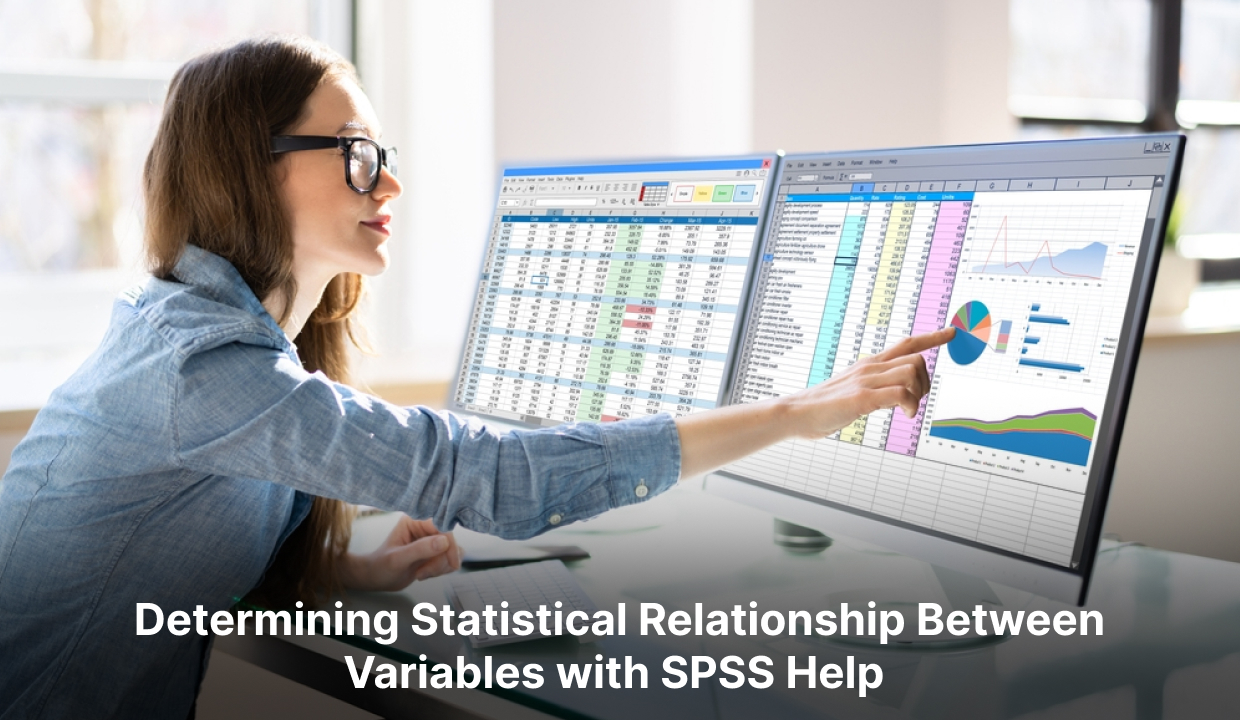Pearsons Correlation Coefficient Determining Statistical Relationship Between Variables
Pearsons Correlation Coefficient Determining Statistical Relationship Between Variables

Contents
Introduction
A statistical analysis technique called correlation can be used to evaluate any potential linear relationship between two continuous variables. It is both easy to calculate and explain. However, misuse of correlation is so common among researchers that some statisticians wish the method had never been devised. The purpose of this article is to provide a guide to the proper use of correlation in research. How strongly two variables are related to one another is determined by the correlation coefficient. The most common correlation coefficient is Pearson’s, though other varieties exist. Pearson’s correlation also known as Pearson’s r is a correlation coefficient commonly used in linear regression.
Having an understanding and awareness of the coefficient always helps the students to perform the practice more efficiently. It is seen that the pearson product moment correlation coefficient is very much in talk as it has a huge role to play in the whole procedure. It is a fact that the sample size of the variables is very high due to the demand for the research. Many sources can help you to get more familiar with the several aspects of Pearson’s correlation coefficient. Do not forget to access them before using them in your research. Let us go grab some information related to the terminology.
What is Pearson’s correlation coefficient?
The Pearson correlation coefficient, or the Pearson R statistical test, measures the strength of various variables and their relationships. Therefore, it is always a good idea for the person analysing to calculate the value of the correlation coefficient to get a sense of how strong the association is between the two variables whenever any statistical test is performed between two variables.
Pearson’s correlation coefficient can range from the value +1 to the value -1, where +1 indicates a perfect positive correlation between the variables considered, -1 indicates a perfect negative correlation between the variables considered, and A value of 0 indicates no relationship between the variables considered.
Make sure that you use the process very efficiently as only then you will be able to justify your finding and that is something very important. All the data points that exist are passed through this analysis text to get clarity. The algorithm of the test is very strong as it is capable of providing accurate results. The range of the coefficient is also good as it helps in establishing a strong relation between the variables. It is observed that line of best fit is very essential to attain. Both your variables should be inserted properly in the test.
Explanation of Pearson’s Correlation Coefficient
The Pearson correlation coefficient represents the relationship between two variables, measured on the same interval or ratio scale. It gauges how strongly two continuous variables are correlated. The coefficient not only tells the presence or absence of correlation between two variables but also determines the extent to which those variables are correlated. It is independent of the unit of measurement of the variable where the value of the correlation coefficient can range from the value +1 to the value -1. However, it is insufficient to tell the difference between dependent and independent variables.
It is independent of the unit of measurement of the variables. For example, suppose the unit of measurement of one variable is in years while the unit of measurement of another variable is in kilograms. In that case, this coefficient’s value does not change. The correlation coefficient between the variables is symmetric, which means that the correlation coefficient between Y and X or X and Y will have the same value.